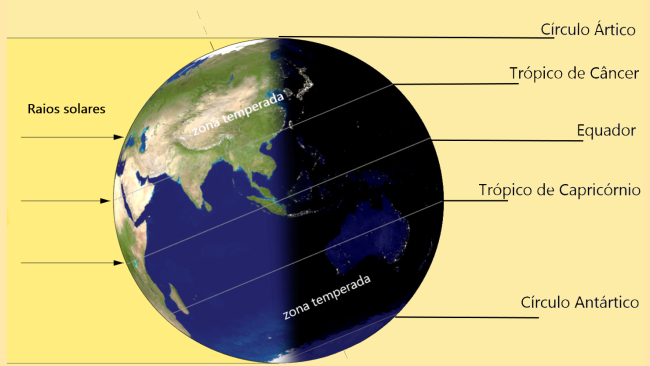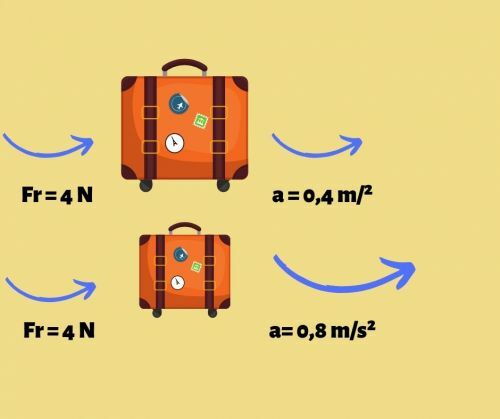One scientific text is text production, a written narrative that addresses some concept or theory, based on scientific knowledge via scientific language.
A scientific text is constructed with scientific language, specific to a specific community. The language must be objective, leaving no room for ambiguity. In the scientific text there is no concern for aesthetics, as in a poetic text, for example.
Scientific texts often express results obtained in some type of experience and have target audience other elements of the scientific community, also interested in the same object of study.
Scientific articles or texts must follow certain standards, which in Brazil are determined by the ABNT (NBR 6022). These standards have standards related to format, pagination, citations, footnotes, bibliographical references, etc.
In English, the expression "scientific text" is translated as science article.
Characteristics of the scientific text
Reading a scientific text often requires some theoretical knowledge about the topic being addressed in the text. Thus, a scientific text often requires a previous reading of other texts with information on the subject in question.
Scientific texts are specific and aim to deepen some topic. For this reason, it is a text that requires a lot of attention when reading, because it presents a more complex language related to some concepts and theories.
For example, a scientific text on global warming is a text that addresses the phenomenon of global warming in a scientific way, presenting well-defined data and concepts. Likewise, it can also reveal concrete data from scientific research, which allow reaching some conclusion on the subject in question.
Scientific text structure
A scientific work or article, composed of scientific texts, has a defined structure. It consists of an outer part and an inner part. These parts can contain pre-textual, textual and post-textual elements.
The external part of the work is composed only of pre-textual elements, such as the cover, for example. The inner part also has pre-textual components, such as the cover sheet, approval sheet, summary in the vernacular and foreign language, summary, acknowledgments, etc. The textual elements consist of the introduction, development and conclusion of the topic in question. Post-textuals refer to references, attachments or indexes.
See too:
- What is scientific research
- What is a scientific article



